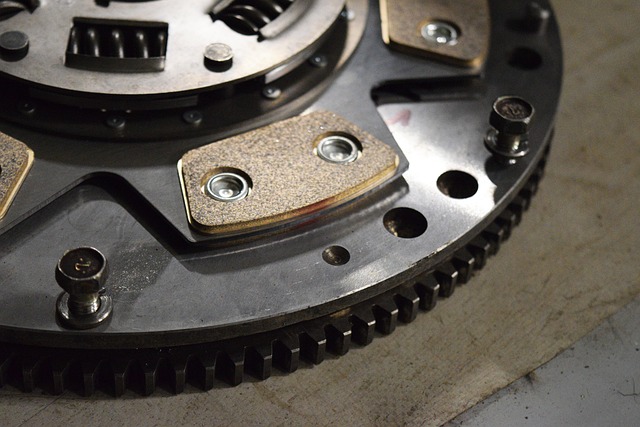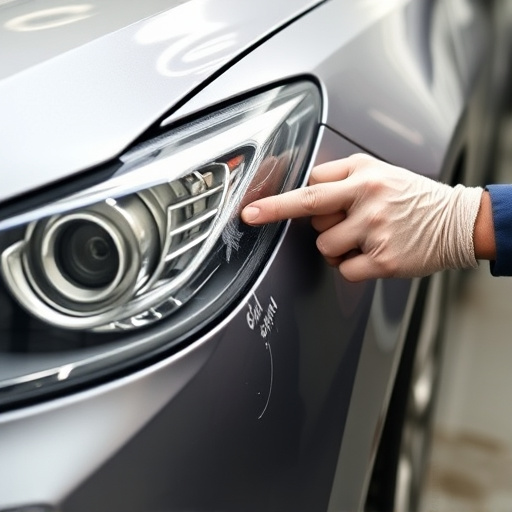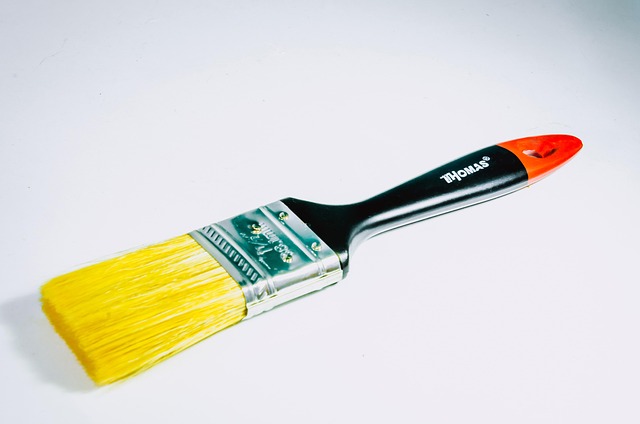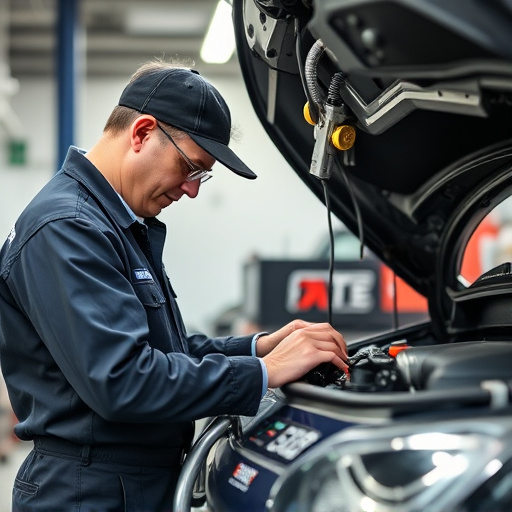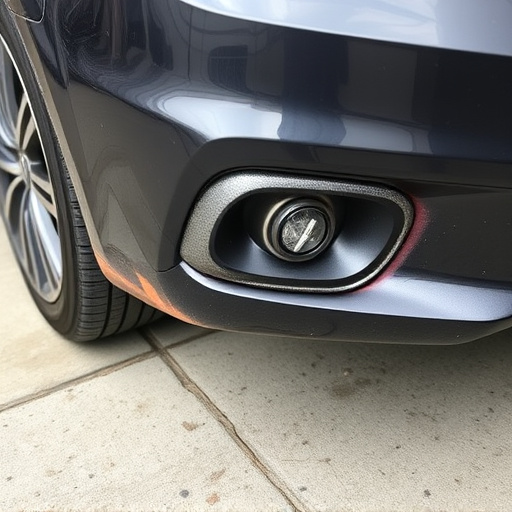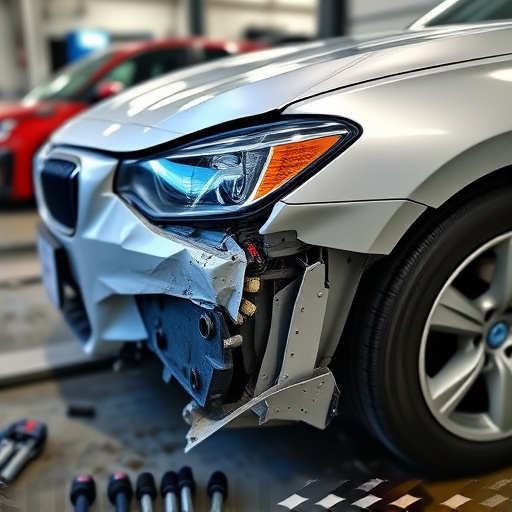Repair documentation services prioritize client privacy by adhering to strict data protection regulations. They obtain explicit consent, employ secure practices like encryption and restricted access, and ensure transparency in handling sensitive vehicle repair information, including classic car restorations, to maintain trust and compliance.
In today’s digital age, privacy concerns surrounding repair photo documentation are more pertinent than ever. As repair services increasingly rely on detailed visual records, safeguarding sensitive information becomes paramount. This article explores the intricate balance between comprehensive documentation and individual privacy rights. We provide a comprehensive guide on obtaining permissions from clients, ensuring ethical practices in data handling, and offer best practices for secure yet informative repair documentation services.
- Understanding Privacy Concerns in Repair Documentation
- Obtaining Permissions: A Comprehensive Guide for Services
- Safeguarding Data: Best Practices for Ethical Repair Documentations
Understanding Privacy Concerns in Repair Documentation

In the realm of repair documentation services, understanding privacy concerns is paramount. As professionals document repairs on various vehicles, including classic car restorations and vehicle bodywork, they must navigate a delicate balance between sharing necessary information and protecting sensitive data. Every component of a repair report—from detailed descriptions of damage to the identification of replacement parts—carries potential privacy implications.
For instance, car bodywork repairs often involve personal information such as vehicle ownership details and insurance claims. This data, if mishandled, could lead to identity theft or unwanted marketing. Therefore, repair documentation services must adhere to stringent data protection regulations and employ secure practices to safeguard customer privacy. They should also obtain explicit permissions during the initial consultation, ensuring clients are fully aware of how their information will be used and stored.
Obtaining Permissions: A Comprehensive Guide for Services

Obtaining permissions is a crucial step in ensuring ethical and legal practices when it comes to repairing and documenting vehicles. For any repair documentation service, whether specializing in automotive repair services, collision repair services, or vehicle repair services, it’s imperative to gain consent from vehicle owners before capturing and storing their data. This process should be transparent, clear, and comprehensive, outlining the types of information collected, its intended use, and how long it will be kept.
Service providers should create permission forms that are easily understandable for non-technical individuals. These forms must detail what data is required for repair documentation—from vehicle specifications to service history—and explain the benefits of sharing this information. Additionally, they should specify any third parties with whom the data might be shared and under what circumstances. By following these guidelines, repair documentation services can foster trust with their clients while adhering to privacy regulations.
Safeguarding Data: Best Practices for Ethical Repair Documentations

In the realm of repair documentation services, safeguarding data is paramount to maintaining ethical standards and client trust. As vehicle owners share sensitive information about their cars’ damage and repairs, it’s crucial to implement best practices that ensure privacy and security. This includes encrypting all stored data, limiting access only to authorized personnel, and regularly auditing log-ins to detect any unauthorized access attempts. Additionally, clear and concise consent forms should be obtained from clients, outlining exactly what information will be documented, how it will be used, and who has access to it.
For instance, in the case of Mercedes Benz collision repair or car paint repair services, documenting repairs accurately is not just about adhering to legal requirements but also ensuring the integrity of the vehicle’s history. Repair documentation should include detailed descriptions of damage, parts replaced, labor costs, and quality control measures taken during the restoration process. By following these ethical practices, businesses can provide transparency to their clients while maintaining compliance with data protection regulations.
Privacy concerns and permissions are paramount in the realm of repair photo documentation. As repair documentation services continue to evolve, it’s crucial to balance data access with ethical considerations. By understanding privacy issues, obtaining necessary permissions, and adhering to best practices for safeguarding data, repair professionals can ensure both robust documentation and client confidentiality. This comprehensive approach not only fosters trust but also enhances the overall integrity of repair processes in today’s digital era.
